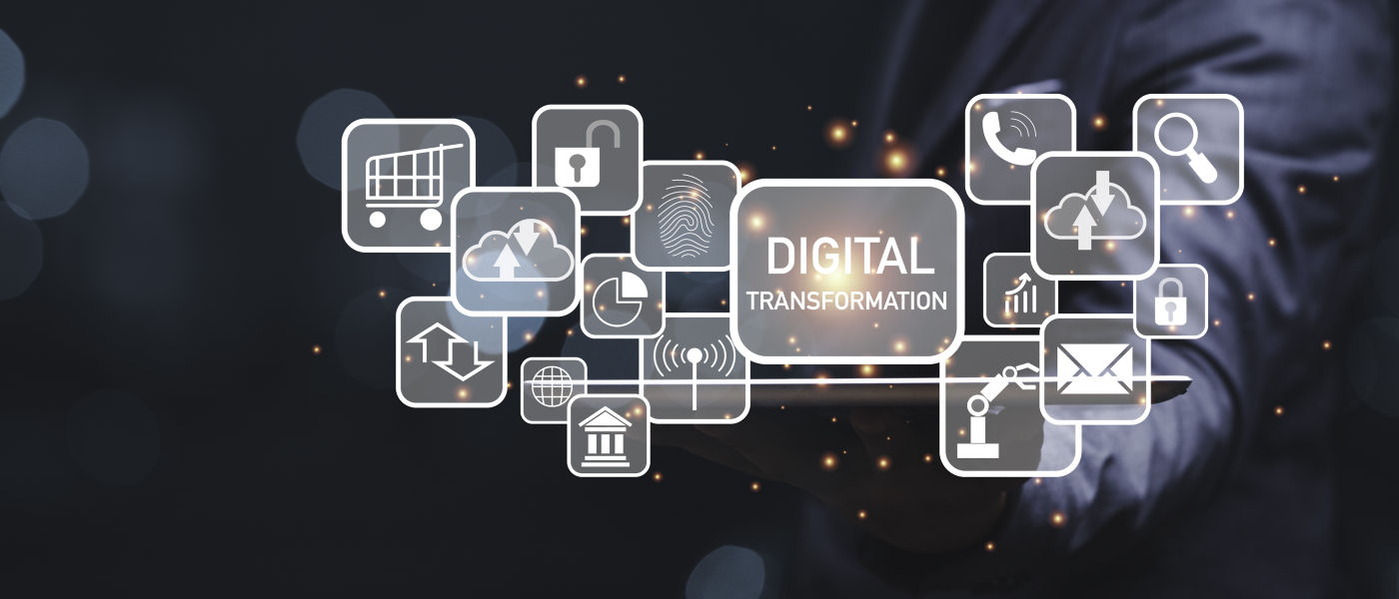
SaaS vs. On-Premises: What system to choose?
When looking into Digital Asset Management (DAM) systems, you might have stumbled upon the terms SaaS and On-Premises. A SaaS DAM system is hosted in the cloud and managed by a third-party vendor, whereas an on-premises solution is hosted and managed on local servers.
While both SaaS and On-Premises make a fine choice, selecting the right system can positively impact your organization’s content ecosystem and further increase its ROI. Therefore, investing some time in figuring out which is the best fit can save you both time and money down the line.
In this article, we’ll take you through the main differences between SaaS and on-premises DAM systems to help you make the right choice for your organization.
What is a SaaS DAM system?
Starting off, let’s have a closer look at Software as a Service - or SaaS for short. Explained briefly, a SaaS DAM system is a cloud-based solution that is available to its users via the internet. It’s hosted by a third-party vendor, typically Microsoft Azure or Amazon AWS, but other options exist as well.
LEARN MORE: Digital Asset Management vs. Cloud storage - What's the difference?
On SaaS, your DAM system is seamless, and updates are rolled out automatically once they’re ready. You also won’t need to worry about hardware and maintenance related to your system. Since everything is stored and managed in the cloud, you can be sure that your assets are safe and accessible no matter where you work.
Another benefit of SaaS is its scalability. You won’t need to manually adjust your system or add additional hardware should your needs change. Instead, you can simply increase or adjust the agreement with your vendor, ensuring that the DAM continuously grows as your organization develops.
Benefits of SaaS
- Product updates are automatically installed once they’re available
- There’s minimal to zero need for in-house maintenance and support
- It's easy to customize and scale the system
- The system is independent of local networks and is accessible at any time, anywhere
What is an on-premises DAM system?
While a SaaS system is hosted in the cloud, an on-premises DAM is hosted and managed on your local servers. Exactly how these are structured may vary greatly depending on your business, but they all require updates, technical customization, and maintenance to be executed in-house.
For organizations that are bound to strict legal compliance regulations, choosing an on-premises solution may be the only viable option. Other organizations with a large IT department may favor on-premises if their business plan requires advanced software customization.
LEARN MORE: 6 key benefits of Digital Asset Management (DAM) solutions
However, this type of setup comes with some costs. Most notably, you’ll need to manually update your DAM when necessary, ensure the reliability and security of the hardware yourself, and re-build and adjust the system should you need it to scale beyond its initial capacities.
Benefits of on-premises:
- Complete control of your entire DAM system, which may be necessary if your organization is bound by strict legal regulations
- The solution is customizable in great detail if you’re willing to invest in technical expertise
Which system to choose?
When choosing a DAM system for your organization, it’s crucial to think ahead. If you cannot adjust and scale the system as your business develops, it may negatively affect the ROI.
Therefore, we tend to recommend SaaS over on-premises, as it’s more flexible for its users. Since it’s hosted in the cloud, a SaaS DAM system also ensures that all digital assets are available via the internet, which is a great advantage for the modern office.
LEARN MORE: 3 steps for successful DAM content migration
However, we know that some organizations are not ready to use cloud technology yet or may have requirements that fit better with an on-premises solution. An on-premises DAM is a great option in such instances, as it offers full DAM functionality but is managed from your local servers instead.
Want to learn more?
Talk to one of our experts to discover how we can streamline your organization's content workflows.

.png)
